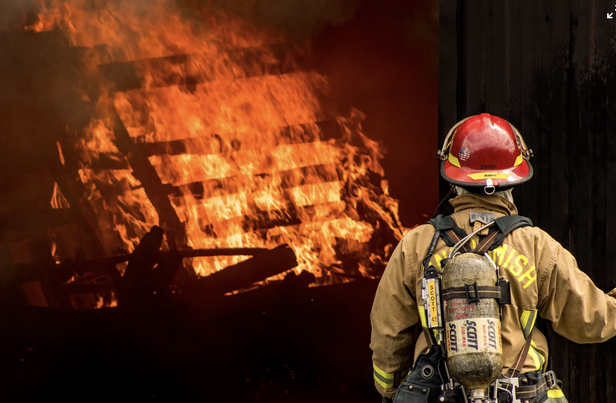Fire safety is an important part of any building structure, and knowing the occupancy of a building plays a vital role in ensuring the safety of those who inhabit it. Occupancy is defined as the number of people who can occupy a space at any given time. This is important to know in the event of a fire, as it determines the amount of time that occupants have to evacuate the building safely.
The first step in determining occupancy is to know the building’s size. This is important for two reasons. First, it ensures that the building is appropriately sized for the number of occupants that it can accommodate.
Secondly, it helps in calculating the amount of time needed for a safe evacuation. When calculating occupancy, it is important to consider the type of building. Different types of buildings require different approaches when calculating occupancy. For example, a school building may require a higher occupancy rate than an office building. Knowing the detailed information about the building’s size and purpose is necessary in order to accurately calculate the occupancy rate. Once the building’s size and purpose are established, the next step is to identify the number of occupants. This is important because it determines the amount of time needed for a safe evacuation in the event of a fire.
Generally, larger buildings require more time for evacuation. For instance, a large office building may require up to two hours for a full evacuation, while a small apartment building may only require 30 minutes.
In order to ensure the safety of the occupants, it is important to be aware of the building’s occupancy rate. This is because the rate determines the amount of time needed for a safe evacuation. If the rate is too high, it may not be possible to evacuate the building safely in the event of a fire.
Conversely, if the rate is too low, it may not be possible to accommodate all of the occupants. It is also important to be aware of the building’s fire safety features. This includes fire alarms, smoke detectors, fire extinguishers, fire exits, and other safety features. Knowing the location and use of these features can help ensure the safety of the occupants in the event of a fire. In addition to knowing the occupancy of a building, it is also important to be aware of the building’s layout. This includes the number of floors, the number of exits, and the layout of the building’s interior. Knowing this information is important in order to plan an effective evacuation route in the event of a fire.
Finally, it is important to be aware of the building’s emergency response plan. This includes the procedures for responding to a fire and the steps that should be taken to ensure the safety of the occupants. Knowing the emergency response plan can help ensure that the evacuation is conducted in a safe and efficient manner. In conclusion, knowing the building’s occupancy rate is an important part of ensuring the safety of the occupants in the event of a fire.
By knowing the size, purpose, and layout of the building, as well as the emergency response plan, the amount of time needed for a safe evacuation can be accurately determined. This information is crucial in order to ensure the safety of the occupants in the event of a fire.
Contact us to discuss your fire safety plan.












